Introduction
“Parallax” is a concept developed by Slavoj Zizek, the Slovenian psychoanalytic philosopher, cultural critic, and Hegelian Marxist. In his book The Parallax View, Zizek talks about “parallax” as a “constantly shifting perspective between two points which no synthesis or mediation is possible.”[i] Unlike Hegelian dialectics, where there is a synthesis of perspectives, Zizekian parallax shifts from one perspective to another “but affords no synthesis or unity.” “Parallactical terms” always keep their “irreducible singularities” and instead of synthesis they find multiple locations in-between to avoid any kind of unitarianism and totalitarianism. For Zizek, “parallax” is a point of alteration, difference, and multiplicity, rather than “oneness” and homogeneity. Employing the Zizekian concept of “parallax,” this essay tries to argue that M.M. Thomas’ method of synchronizing ideology and theology, secular and sacred, and church and society initiated a post-secular theological thought in India.[ii] Post-secularism, which overcomes the modern Western dichotomy between religion and secularism, finds a theological basis in M.M. Thomas and thereby initiates a radical political theology in India.[iii]
Faith as the ‘Parallax Gap’ between Ideology and Theology
As T.M. Philip rightly observes, M.M. Thomas’ theological thinking is founded on the encounter between ideology and theology.[iv] Denying the dichotomous thinking of modernity, Thomas finds intersectionality between theology and ideology. Critiquing the Western Christian doctrinal theology, which defines theology as an Absolute Truth, Thomas defines it as dependent on ideology for translating its vision for society. Contrary to theology, which has its own doctrinal baggage, Thomas envisions faith as more fluid, relational, and dynamic activity that is episteme-ontological. For Thomas, ideology is a prerequisite for enacting theology in society. At the same time, he is aware of the problem of the totalitarianism of ideologies as they claim themselves as the “total scheme of salvation.” [v] On the other side, he speaks about the possibility of crusades in history through which religions like Christianity become self-righteous and judgmental ideologies. Hence, Thomas sees a “parallax gap” between ideology and theology through faith. According to Thomas, it is in this “parallax gap” that theology becomes post-theological and ideology becomes post-ideological. Christian faith, for Thomas, is inherently secular and has the inherent capacity to envisage an open church and open society.
Thomas offers a notion of cruciform faith that fosters an intercessory space for dialogue, interrogation, and reconciliation. For Thomas, the cross is not just a message of Christian theology; rather it is the method of practicing Christian faith. The cross is the fulcrum of Christian faith, which makes theology always political and politics always agonistic in content (Jacques Ranciere). Thomas explains this agonistic-political content of Christian faith clearly: “It is the spiritual opening of our hearts to the cries of the victims in response to the passion of God; theology translates it in terms of understanding the situation of the victims and formulating the ends and means to be pursued to effect a transformation of the situation. In that way faith needs ideology in the struggle for justice.” [vi] For Thomas, Christian faith, both in its ideological and theological imaginations, “compels us to decide a new way of being”—new humanity. Here, faith, for Thomas, is a “parallax gap” between ideology and theology in the process of humanization or becoming human.
Faith as the “parallax gap” between ideology and theology is well-explained in Thomas’ definition of salvation as humanization.[vii] For Thomas, there is a social logic of salvation embodied in the humanization process. He writes: “Salvation is the spiritual inwardness of true humanization and that humanization is inherent in the message of salvation in Christ.” [viii] Humanization in terms of becoming a new creation goes beyond androcentrism and anthropocentrism. The eschatological sense of this process of becoming new creation positions Thomas in a post-humanist and post-secular epistemological framework. Signifying Jesus Christ as the firstborn of all creation, Thomas envisages the process of humanization as the experience of salvation, which is political and materialist in content. However, this eschatological reality of the new creation does not go on endlessly; rather, it breaks into history as the messianic event as we see in the cross of Jesus Christ. The cross of Jesus Christ envisions a messianic time in history as it confronts the Empires of this world.[ix] Whether it is salvation or eschatology, for M.M. Thomas, they are embodied and enmattered in social practices of justice and freedom, here and now.
Cross as the ‘Parallax Gap’ between Sovereignty and Anarchy
Thomas’ theology is not founded on a sovereign God who controls the whole system from outside; rather, it is a crucified God or a weak God who is at the center of all political practices for justice. According to Thomas, the cross is the self-manifestation of the self-forgetting and self-sacrificing God. The crucified one represents the negation of the totalitarian exercise of power over humans. Differentiating “kingship” from “servant hood,” Thomas defines that the role of the state is to serve the people, but not to rule over them. Thomas cites St. Mathew to clarify his theology of state: “You know that the rulers of the Gentiles lord it over them, and their great men exercise authority over them. It shall not be so among you; but however, who would be first among you must be your slave; even as the Son of man come not to be served but to serve; and to give his life as a ransom for many” (Mt. 20: 25-28). Thomas redefined sovereign democracy on the basis of his theology of the cross. Thomas comments that the throne of David has been replaced by the kingdom community through the crucified and risen Jesus Christ.[x] For Thomas, the cross signifies a “new humanity”—a radical democracy of the governed (Partha Chatterjee) where the sovereignty of the state is redefined and an egalitarian social existence is affirmed. Thomas interrogated the totalitarianism and the authoritarianism of the sovereign state and demanded a social democracy based on freedom and justice, extending even to the tortured and the excluded. He exemplified this radical political theology in his response to the declaration of Emergency in India in 1975.[xi]
According to Thomas, Jesus’ cross signifies the end of all totalitarian powers in the world. On the cross, Jesus Christ disarmed the rulers and authorities of the world. However, the cross does not mean “a passive acceptance of suffering and hopelessness.” It is not a state of anarchy, chaos, and confusion. Rather, it is the potential space for the insurgence of a “new humanity” where there is no dichotomy between the governance and the governed. Alluding to Paul, Thomas argues that the “new humanity in Christ” is a paradigm of a new “imagined community” (Benedict Anderson) where “there is no longer any distinction between gentles and Jews, circumcised and uncircumcised, barbarians, savages, slaves, and free men” (Col.3:11). The “new humanity” is constituted as a single body—the political ontology of the tortured—the Multitude (Hardt & Negri). The crucified body of God signifies a counter-imperial/sovereign social democracy of the tortured bodies. This theology of the crucified ontology is founded on the theology of the crucified God who undergoes the process of emptying of sovereignty or de-sovereignizing itself. One is invited to “de-imperialize” or “empty out” his or her juridical subjectivity in terms of caste, color, and gender to become part of this cruciform ontology—the Multitude. This anti-imperial political ontology of the tortured signifies the church, which bears the mark of crucifixion. Based on his theology of the cross, M. M. Thomas explains that the mission of the church in India is to give up communal self-interest and self-identity for the sake of creating a secular national community amid religious and ideological pluralism. This involves manifesting a fellowship in Christ, transcending class, caste, ethnic, and religious divisions. [xii]
Secular Koinonia as the ‘Parallax Gap’ between Church and Society
Thomas places the concept of secular Koinonia as the “parallax gap” between church and society. To envisage a secular Koinonia which is founded on the faith in the Christ crucified is the task of the church today. For Thomas, it is a radical religious and political experience to attend to the question of the process of humanization—becoming new “political society” (Partha Chatterjee). The secular Koinonia is a “parallax gap” for Thomas to bring church and society on a common ground. Thomas explains the three levels of this Koinonia in Christ: “First, the Koinonia of the eucharist community of the church, itself a unity of diverse peoples acknowledging the Person of Jesus as the Messiah; second, a larger Koinonia of dialogue among people of different faiths inwardly being renewed by their acknowledgment of the ultimacy of the pattern of suffering servanthood as exemplified by the crucified Jesus; third, a still larger Koinonia of those involved in the power-political struggle for new societies and a world community based on secular or religious anthropologies informed by the agape of the cross.” [xiii] Thomas’ understanding of Koinonia exceeds the boundaries of secular and sacred and envisions a post-secular space of dialogical existence. It is a bold step to de-doctrinize the Western “enclosed ecclesiology” to envision an open church—the fellowship of the baptized and the unbaptized.
According to Thomas, the church’s recognition of secular Koinonia is necessary for the church to redefine itself in its mission and ministry. He says: “It will save the church from the kind of spiritual egoism which arrogates to itself the right to decide who belongs to the messianic people, and it can bring to the church an awareness of hitherto unexplored insights and facets of life in the Holy Spirit. On the other, through the encounter with the person of Jesus Christ, commitments to the universal Christian principle and the way of the cross could escape the danger of being perverted into legalism and used as instruments of self-justification.” [xiv] It is a sharp criticism of the “enclosed ontology” of the church, which claims to be the custodian of the salvation of the entire creation while it retains the juridical ontology of the Empire. As Giorgio Agamben contends, the contemporary church has ended up as kataikein (dwelling like an Empire) by denying its call (klesis) to be paroikousa (a sojourner in this world). [xv]
Thomas reiterates the imperative of an open church and open secularism. His idea of open secularism transcends the exclusive and scientific secularism of the West, which neglects the role of religion in the public space. For Thomas, it is this open secularism that finds complementarity with the open church, envisioning a polydoxical space (Catherine Keller) where scientists, historians, social activists, and theologians come together and work for humanization. Thomas writes: “Technology and politics do have their positive roles to play in bringing human wholeness, but where the sense of mastery and transcendence of the personal being is lacking; they themselves become forces of dehumanization. It is significant that many scientists and historians as well as theologians are today becoming increasingly conscious of the need to redefine the categories of Creation, Fall, and Redemption in order to understand and grapple with the modern human situation.” [xvi] When Thomas considers secular Koinonia as the “parallax gap” between church and society, he envisages a post-secular platform for invoking theology and ideology to learn from each other and contribute to a better life on this planet.
Conclusion
Thomas’ theological thinking, which in fact envisaged a post-secular theological paradigm in India, denies the Enlightenment baggage of Western Christian theology that locates faith and ideology, secular and sacred, church and society as dualistic and dichotomous and affirms the “irreducible singularity” of those “parallactical terms”. Faith as the “parallax gap” between ideology and theology unveils a “materialist base” in between and redefines theology as a radical political practice of justice. The coss as the “parallax gap” offers a theological “ground” to deny the imperial/ sovereign democracy and envision a radical democracy of the tortured—the Multitude. Secular Koinonia as the “parallax gap” legitimizes an open church and an open secularism and it, of course, signifies M.M. Thomas for a post-secular theological thinking in India.
Y.T. Vinayaraj is the director of CISRS, Bangalore
[i] Slavoj Zizek, The Parallax View (Cambridge: MIIT Press, 2006), 4.
[ii] Madathiparampil Mammen Thomas (1916-1996) was an Indian Christian theologian, social thinker and ecumenical leader who initiated a radical political theology in India.
[iii] Post-secularism signifies the regeneration of religions in the modern life and subsequently invokes us to attend the metamorphosis that is happening to secularism. Jurgen Habermas, The Philosophical Discourse of Modernity, trans. Frederick Lawrence (Cambridge, MA: MIT Press, 1987).
[iv] T.M. Philip, The Encounter Between Theology and Ideology: An Exploration into the Communicative Theology of M.M. Thomas (Madras: The Christian Literature Society, 1986), 110.
[v] M.M. Thomas, Secular Ideologies and the Secular Meaning of Christ (Madras: Christian Literature Society, 1976), 200.
[vi] M. M. Thomas, Faith and Ideology in the Struggle for Justice (Bombay: BUILD, 1984), 30.
[vii] T.M. Philip, The Encounter Between Theology and Ideology, 114.
[viii] T.M. Philip, The Encounter Between Theology and Ideology,115.
[ix] T.M. Philip, The Encounter Between Theology and Ideology, 117.
[x] M.M. Thomas, The Throne of David (Tiruvalla: CSS, 2006), 41.
[xi] M. M. Thomas, Responses to Tyranny (Tiruvalla: CSS, 2000), 17.
[xii] M.M. Thomas, “The Church in India—Witness to the Meaning of the Cross Today,” in Future of the Church in India, ed., Aruna Gnanadason (Nagpur: NCCI, 1990), 11.
[xiii] M.M. Thomas, Risking Christ for Christ’s Sake: Towards an Ecumenical Theology of Pluralism (Geneva: WCC Publications, 1987), 119.
[xiv] T. Jacob Thomas, ed. M.M. Thomas Reader: Selected Texts on Theology, Religion and Society (Tiruvalla: CSS, 2002), 176.
[xv] Giorgio Agamben, The Kingdom and Glory: For a Theological Genealogy of Economy and Government (Stanford: Stanford University Press, 2011), 37.
[xvi] T. Jacob Thomas, ed. M.M. Thomas Reader, 179.
Become a member
Get the latest news right in your inbox. We never spam!

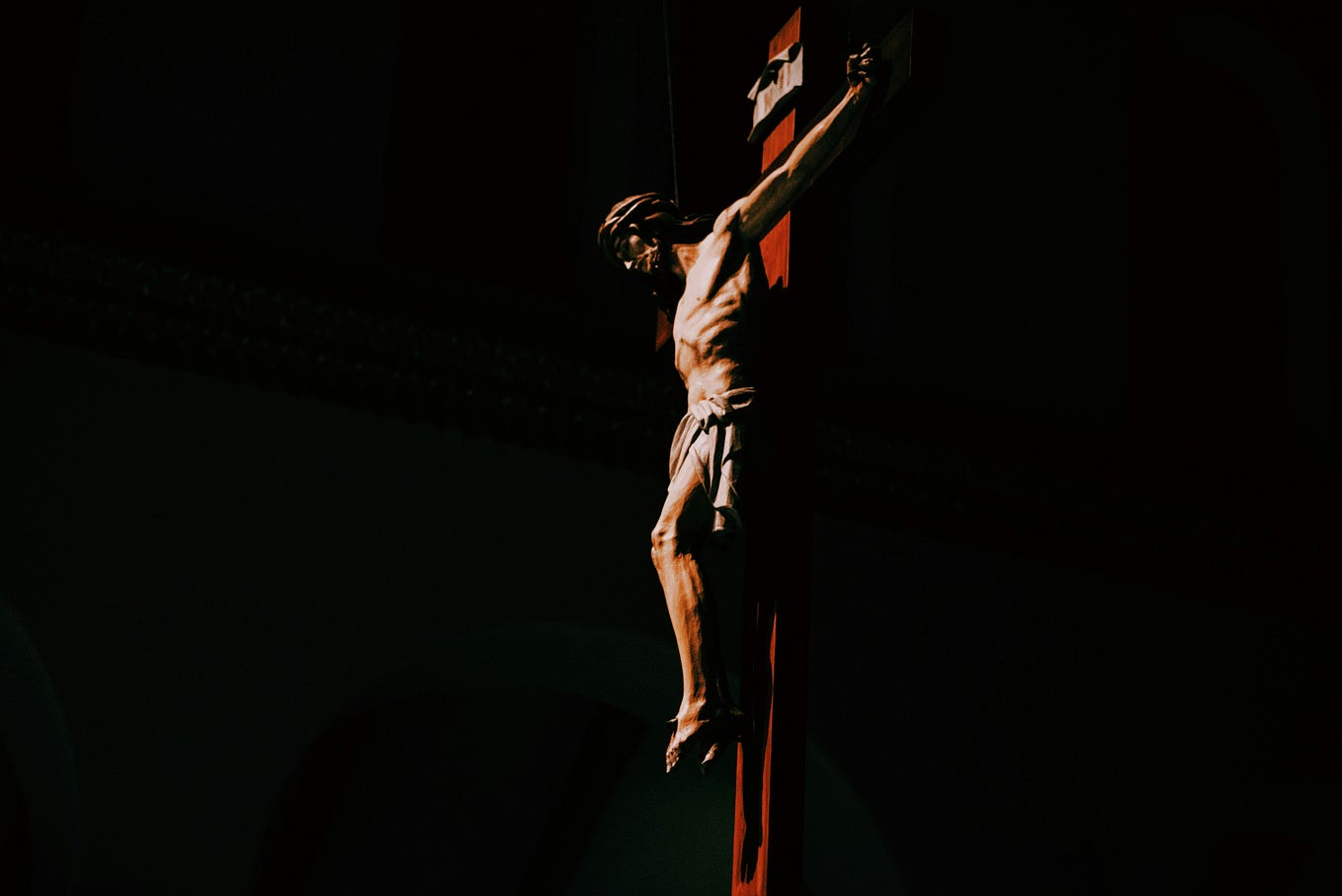
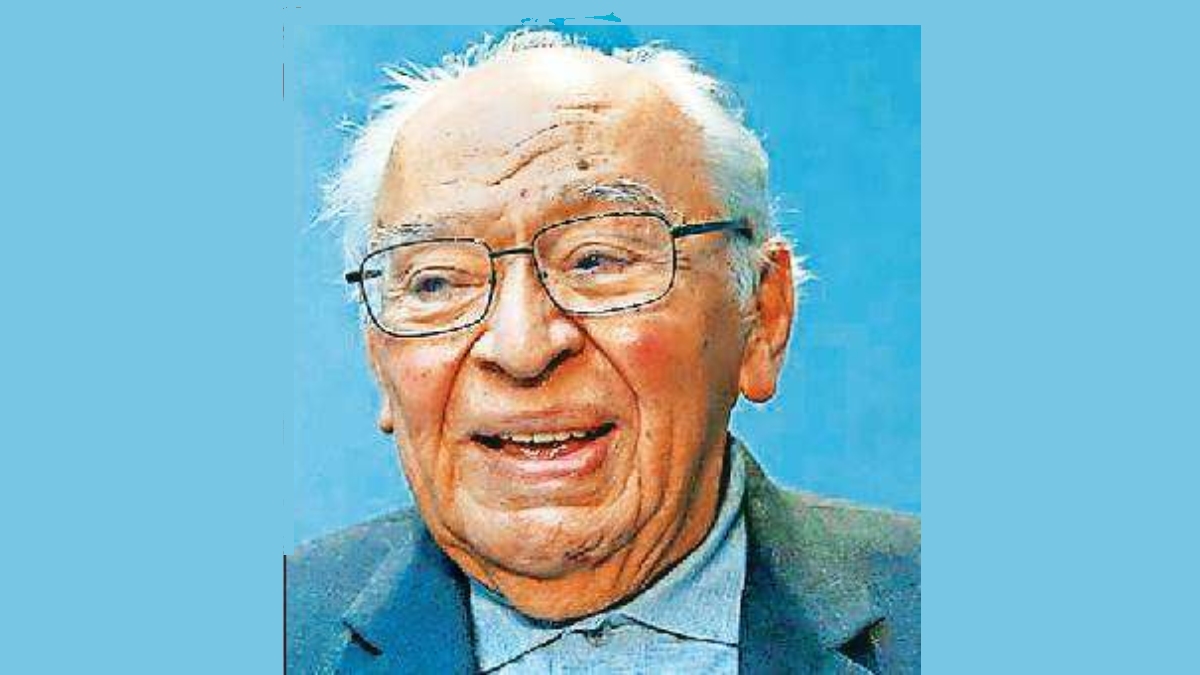
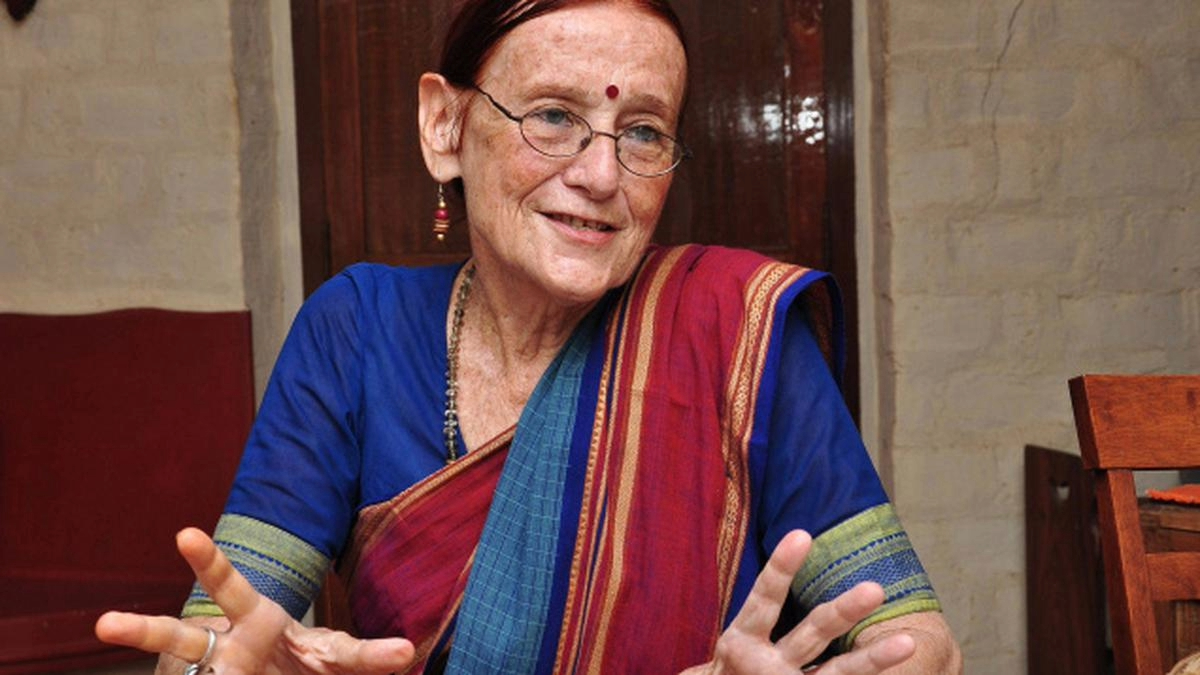
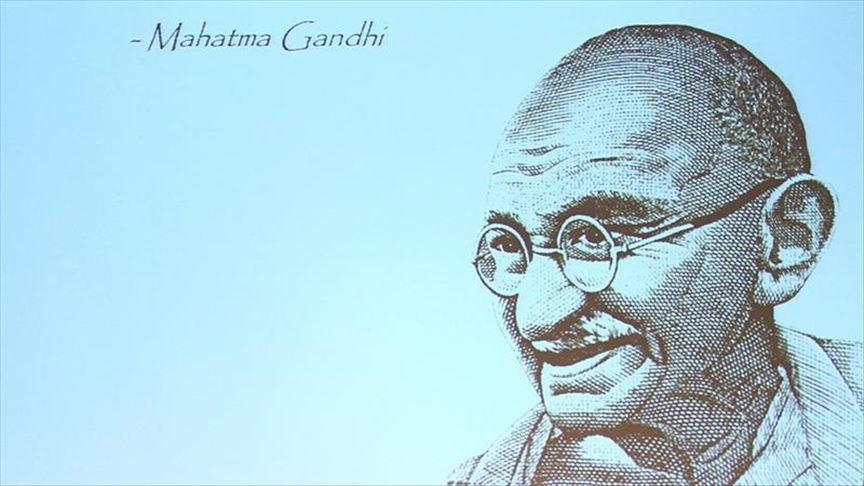
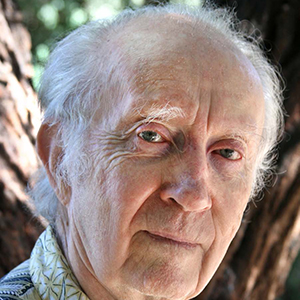

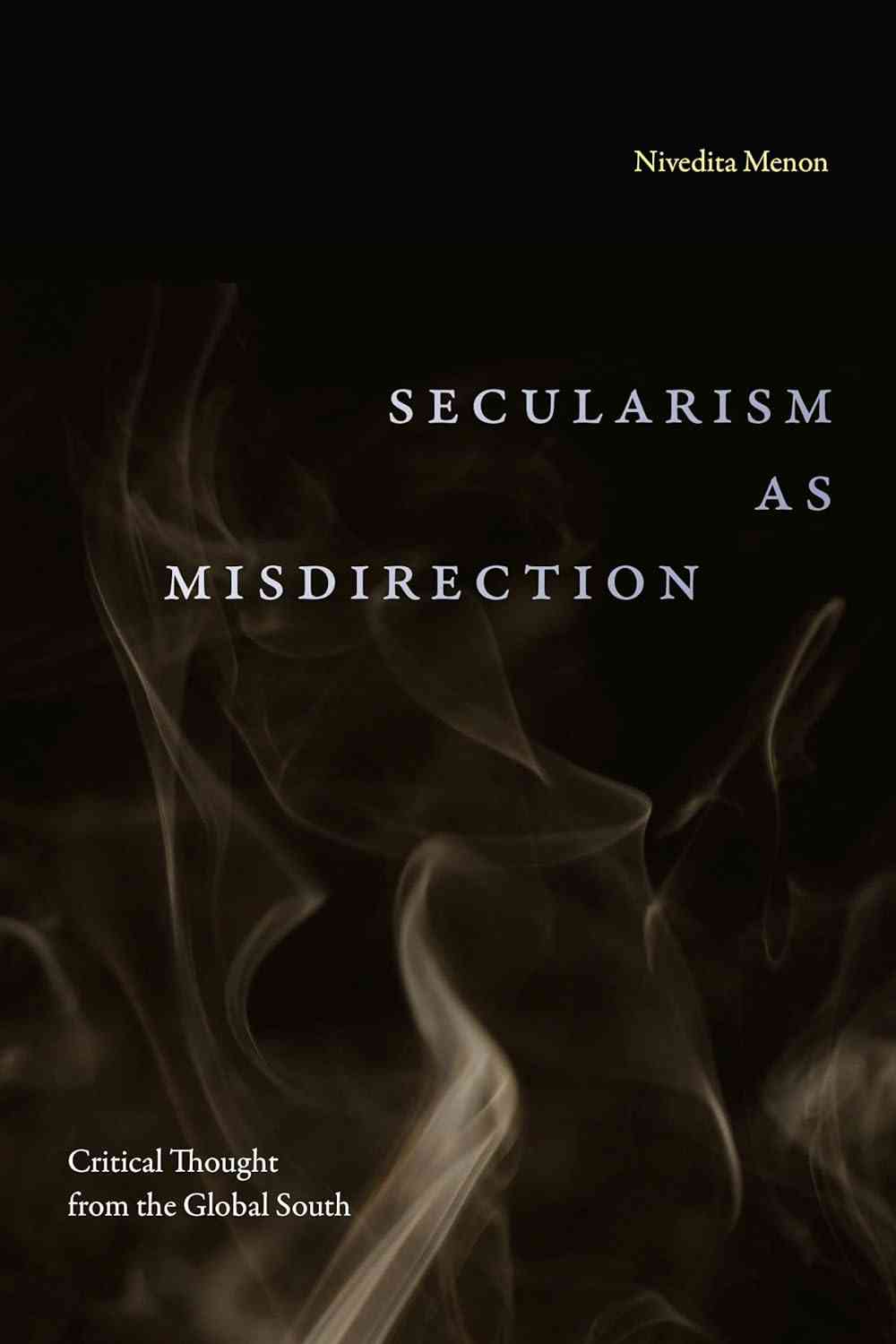

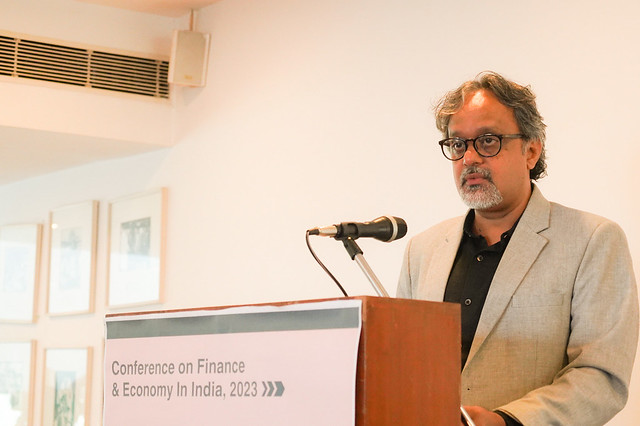

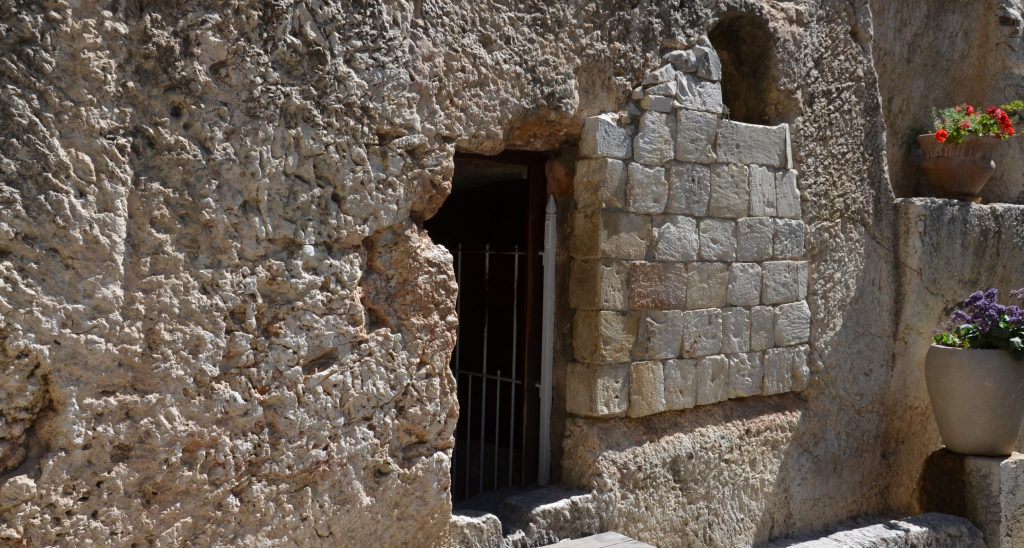
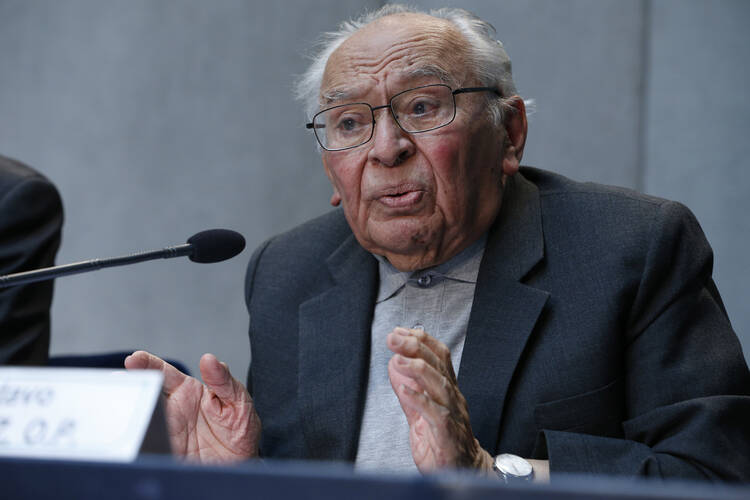

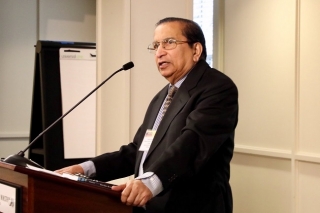
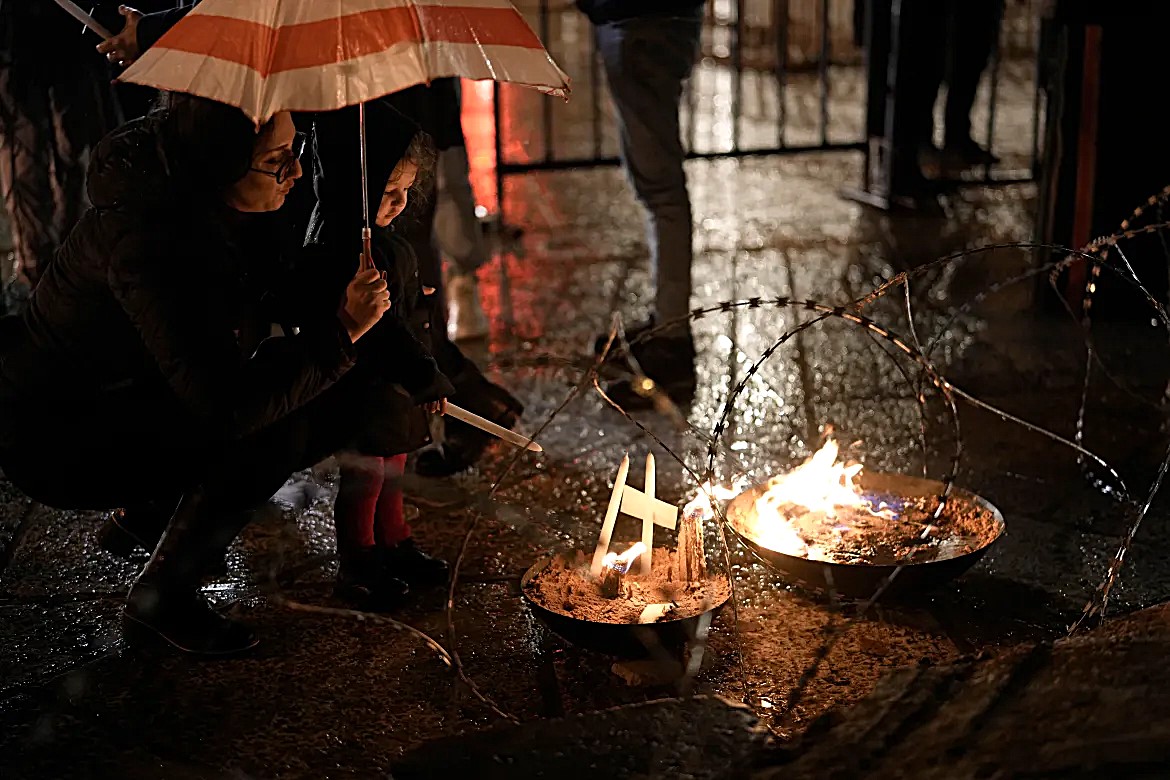


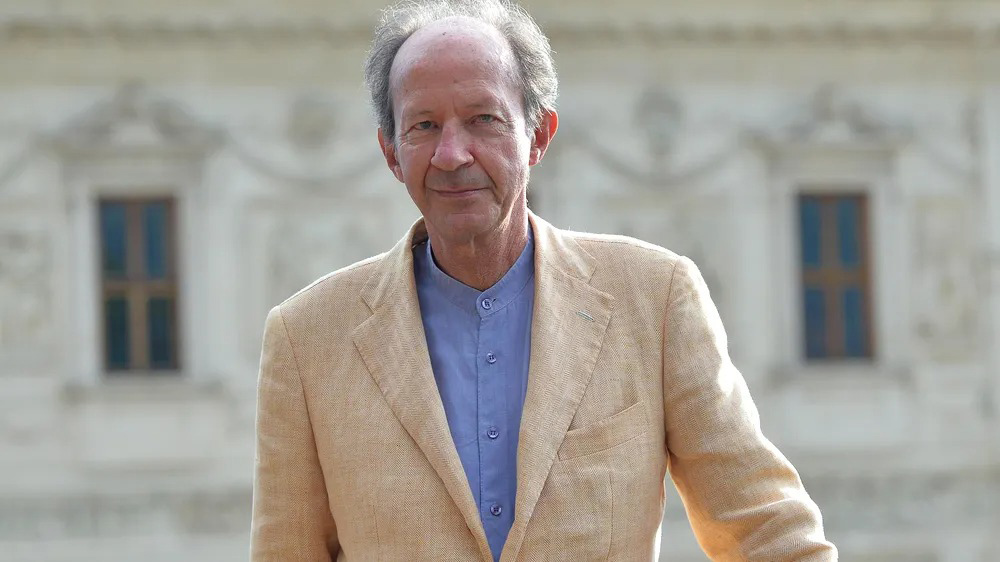
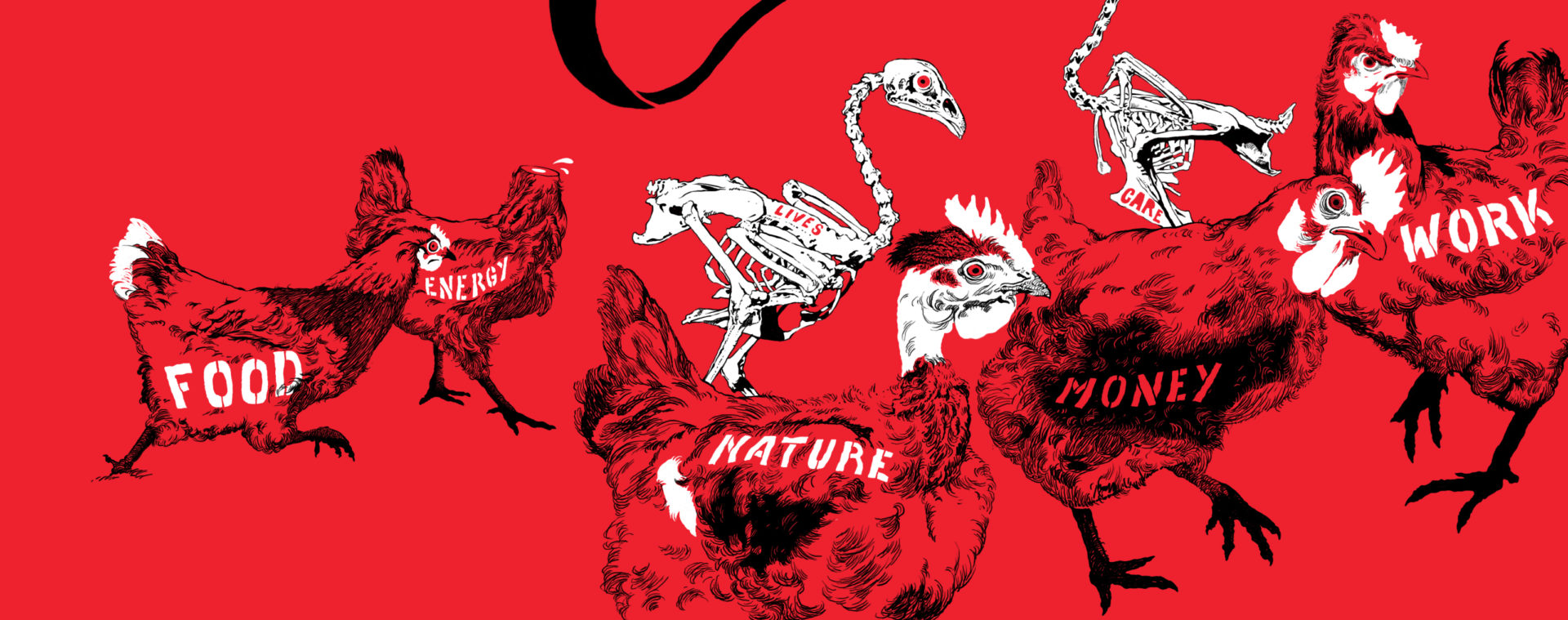
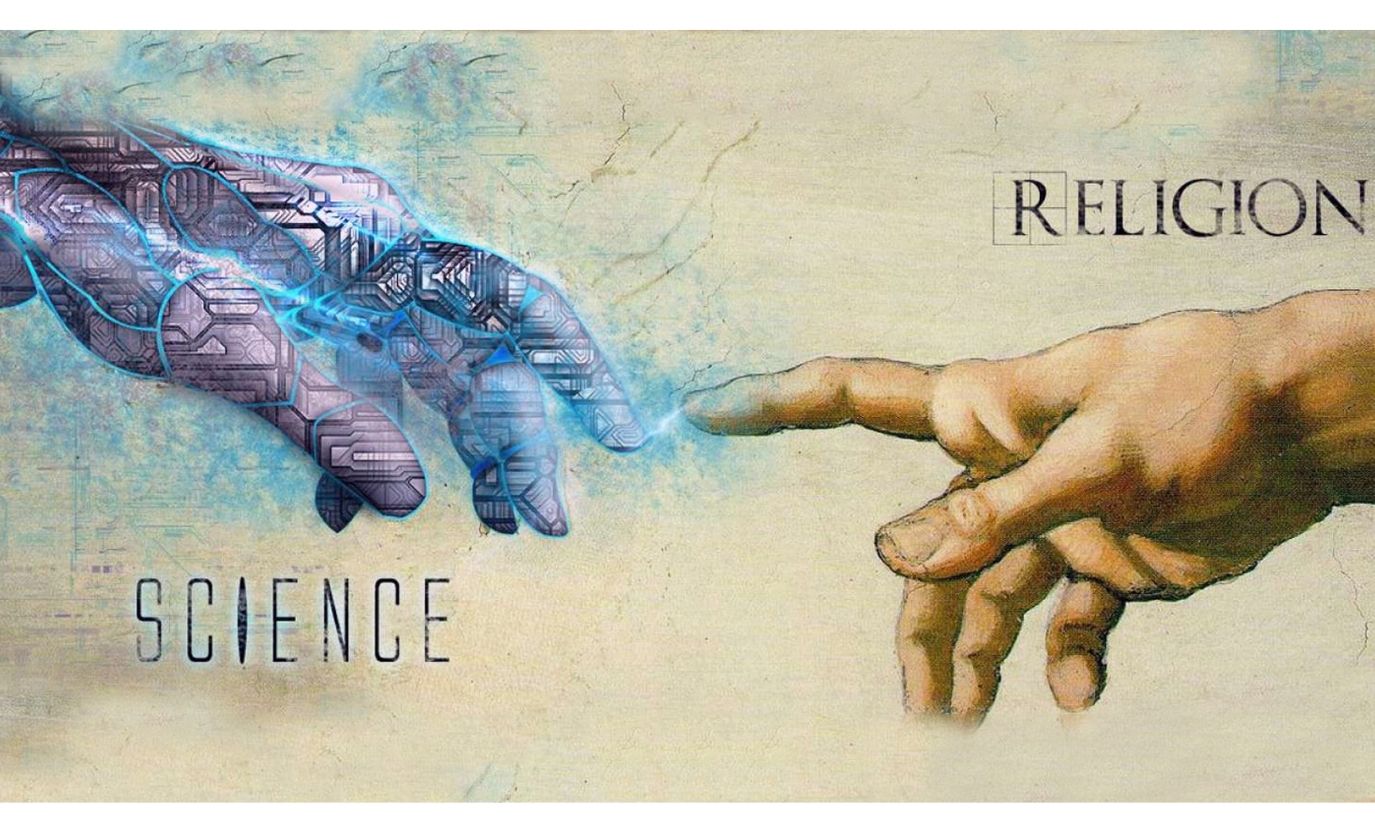
Comments
No Comments